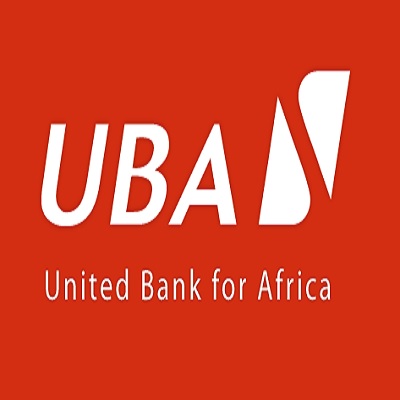
UBA Group
United Bank for Africa Plc is one of Africa's leading financial institutions offering banking services to more than 7 million customers across 750 branches in 19 African countries. With presence in New York, London and Paris, UBA is connecting people and businesses across Africa through retail and corporate banking, innovative cross border payments, trade finance and investment banking…